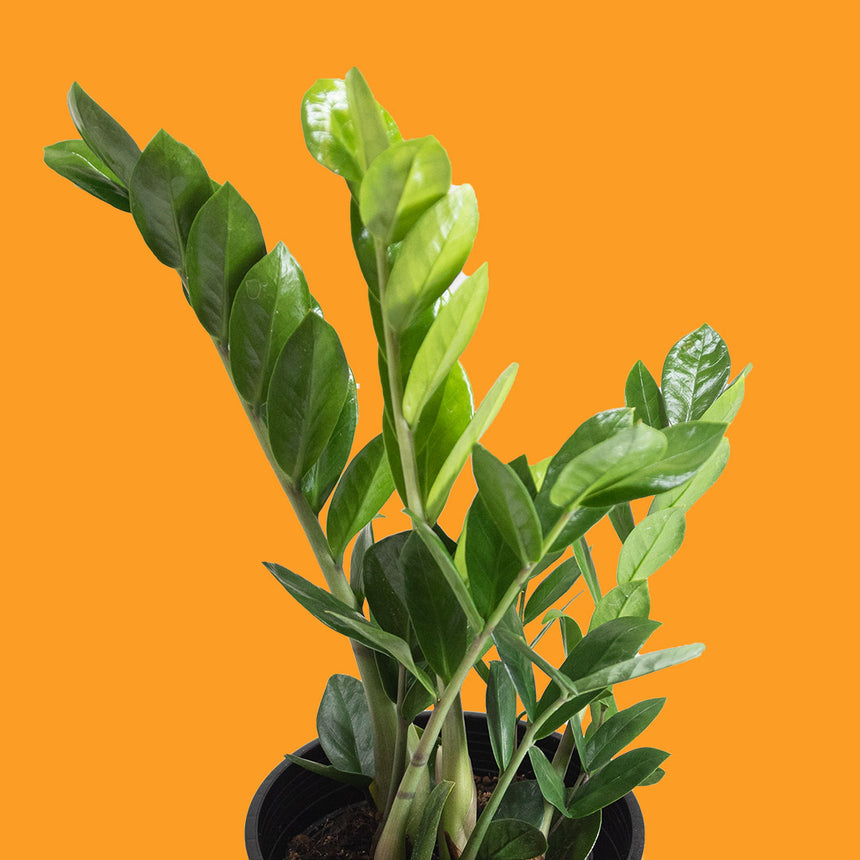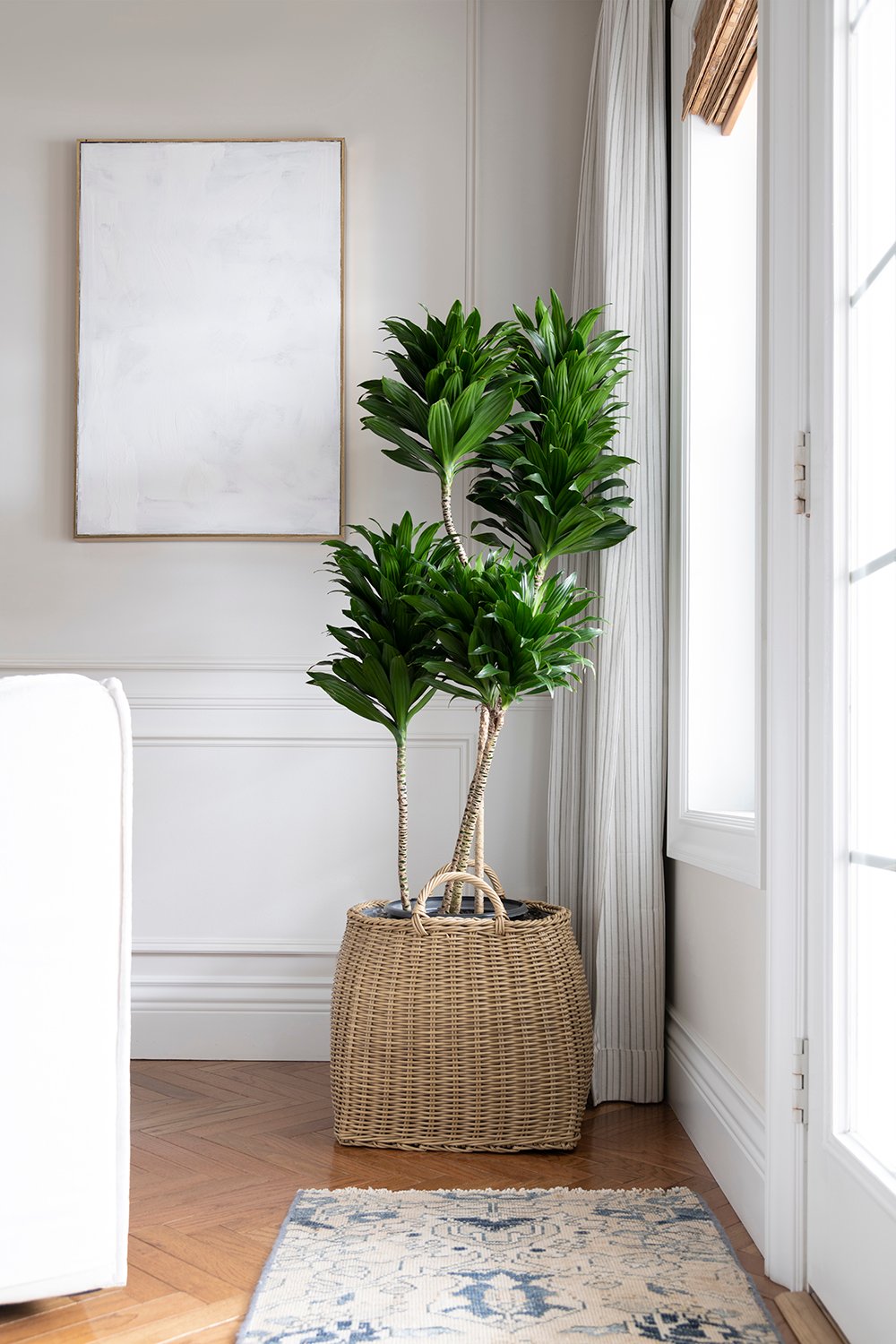Discover the Secrets of Low-Light Indoor Plants and Exactly How They Improve Your Atmosphere
Low-light interior plants have actually gathered increasing focus for their distinct capacity to improve both visual charm and environmental high quality within homes and work environments. These resistant varieties, consisting of the Snake Plant and Tranquility Lily, not just thrive in tough illumination problems but also play a pivotal function in air filtration and emotional well-being.
Advantages of Low-Light Indoor Plants
Although lots of people assume that interior plants require plentiful sunshine to grow, low-light indoor plants supply a multitude of benefits that make them excellent for different settings. One of the primary benefits is their adaptability; they can thrive in rooms with minimal natural light, such as workplaces, cellars, or areas with small home windows. This feature permits people to improve their surroundings with plant, contributing to enhanced aesthetics without the need for comprehensive lighting alterations.
In addition, low-light interior plants can dramatically enhance indoor air quality by launching and filtering dangerous toxic substances oxygen, making living areas healthier. The presence of plants has actually been connected to greater feelings of tranquility and emphasis.
In addition, low-light plants frequently need much less maintenance than their sun-loving equivalents, making them optimal for busy individuals or those new to horticulture. Their durability enables them to love minimal intervention, thus providing a rewarding experience for plant lovers and amateurs alike. In summary, low-light indoor plants serve both useful and visual purposes, making them important enhancements to any kind of room.
Leading Low-Light Plant Varieties
Low-light indoor plants come in a variety of varieties, each offering one-of-a-kind attributes and advantages suited for dim atmospheres. Among one of the most popular ranges is the Snake Plant (Sansevieria), understood for its air-purifying capabilities and building leaves. This resilient plant prospers on neglect and can endure a wide variety of light conditions.
An additional exceptional choice is the ZZ Plant (Zamioculcas zamiifolia), which features shiny, dark environment-friendly fallen leaves and is extremely drought-tolerant. Its versatility makes it a favorite for offices and homes with limited sunshine.
The Pothos (Epipremnum aureum) is also a top competitor, with its tracking creeping plants and heart-shaped fallen leaves - Best low-light indoor plants. This flexible plant can be educated to climb or cascade, adding aesthetic rate of interest to any kind of room

Care Tips for Low-Light Plants
Looking after low-light indoor plants needs a nuanced understanding of their certain requirements to make sure optimal development and vitality. Initially, it is important to choose the right potting mix, as a well-draining soil is vital to prevent root rot. A mix created for houseplants, usually having peat moss and perlite, works well for a lot of low-light ranges.
Watering is an additional key element of care. Low-light plants usually call for much less frequent watering contrasted to their sun-loving equivalents.
Fertilization needs to be approached with caution. Throughout the expanding period, a watered down liquid plant food can be applied monthly, however in winter season, many low-light plants get in inactivity and call for little to no fertilizing.
Lastly, it's important to periodically cleanse the leaves to get rid of dirt, allowing for better light absorption. By sticking to these care suggestions, you can grow a growing environment for your low-light interior plants, enhancing both their appearance and durability.
Enhancing Air Quality With Plants
Interior plants play a substantial duty in boosting air high quality within homes and workplace spaces. Via the process of photosynthesis, these plants soak up carbon dioxide and release oxygen, adding to a healthier atmosphere. In addition, particular low-light interior plants possess the ability to filter damaging toxins, such as formaldehyde, trichloroethylene, and benzene, which are generally located in you can check here indoor environments.

Furthermore, the presence of indoor plants can boost humidity degrees, which assists minimize dry skin and respiratory system problems, even more improving general wellness. This capacity to boost air quality not just promotes physical health and wellness yet also supports psychological health.
Integrating low-light interior plants right into your living and working spaces can lead to an extra vivid and invigorating environment (Best low-light indoor plants). Investing in these natural air purifiers is a basic yet efficient technique for boosting indoor air high quality and promoting a healthier way of life
Creating a Tranquil Indoor Space
The combination of plants right into living spaces not only improves air top quality but also contributes to a peaceful atmosphere. Low-light indoor plants, such as serpent plants and pothos, are particularly efficient in developing a calm atmosphere, as they thrive in problems that might or else be inhospitable for various other greenery. Their rich vegetation provides a calming visual, decreasing tension and promoting leisure.
Including these plants into your home or workplace can stimulate a sense of tranquility and health. Strategically putting them in locations where you invest considerable time, such as living rooms or workspaces, permits an immersive experience with nature, which has been shown to enhance mood and cognitive function.
Additionally, the mild activity of leaves in reaction to airflow can develop a dynamic aesthetic component that enhances the total ambiance. Think about utilizing a range of plant elevations and textures to include deepness and interest to your room. With thoughtful positioning and care, low-light indoor plants can change any type of location right into a tranquil sanctuary, fostering not only aesthetic satisfaction but additionally psychological and mental wellness.

Verdict
Integrating low-light indoor plants into various atmospheres returns significant advantages, consisting of enhanced air high quality and boosted visual allure. The transformative power of low-light plants emphasizes their worth in improving both domestic and occupational settings.
Although many individuals think my explanation that indoor plants require abundant sunlight to prosper, low-light interior plants supply a wide range of benefits that make them optimal for numerous environments.Moreover, low-light indoor plants can substantially boost indoor air high quality by releasing next and filtering system unsafe contaminants oxygen, making living areas healthier. Additionally, certain low-light interior plants possess the ability to filter unsafe toxins, such as benzene, trichloroethylene, and formaldehyde, which are typically discovered in indoor environments.
Low-light interior plants, such as serpent plants and pothos, are especially effective in producing a calm environment, as they flourish in conditions that might otherwise be inhospitable for other greenery.Including low-light indoor plants into numerous environments returns significant advantages, including improved air high quality and improved aesthetic charm.